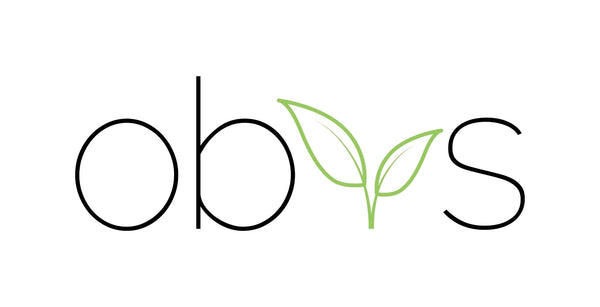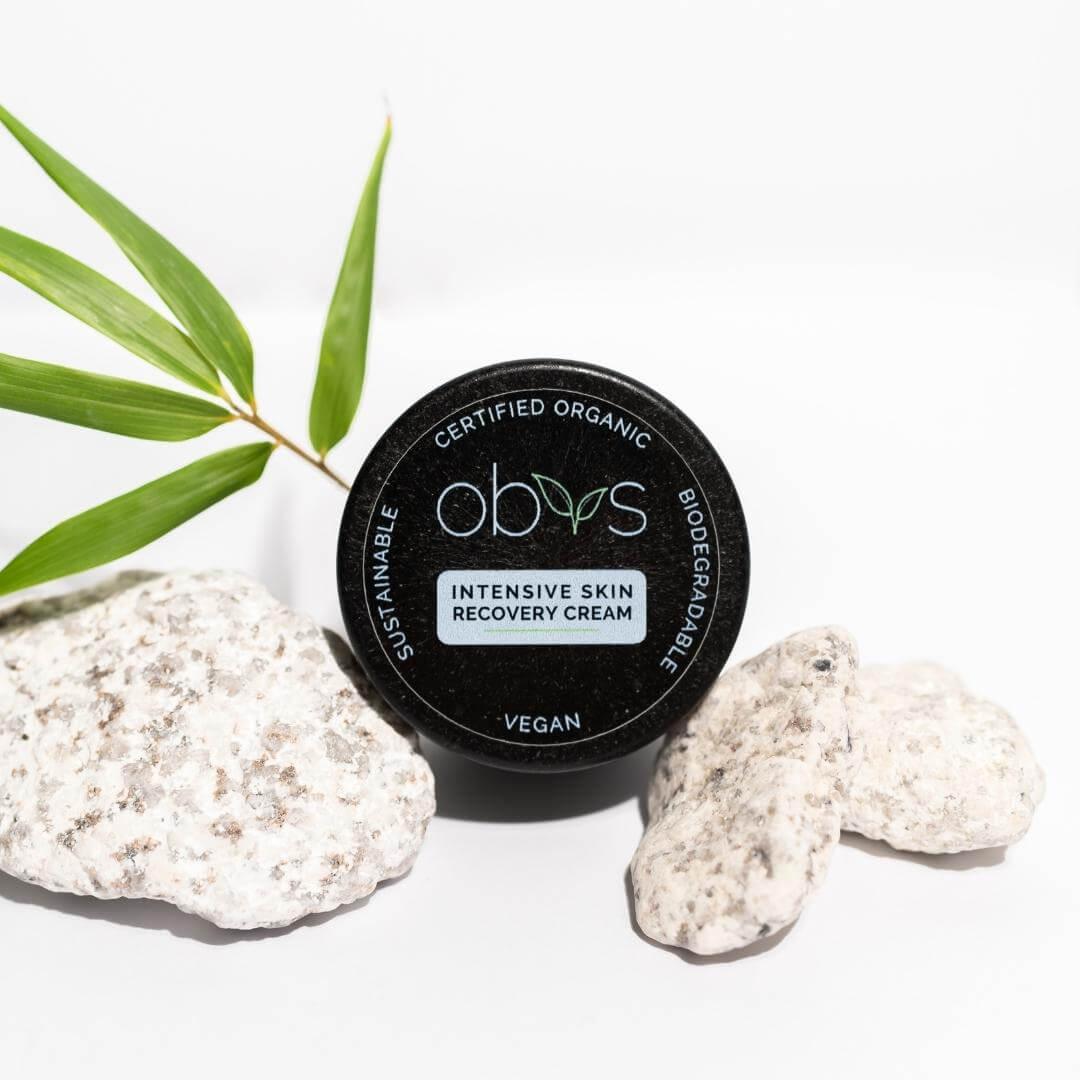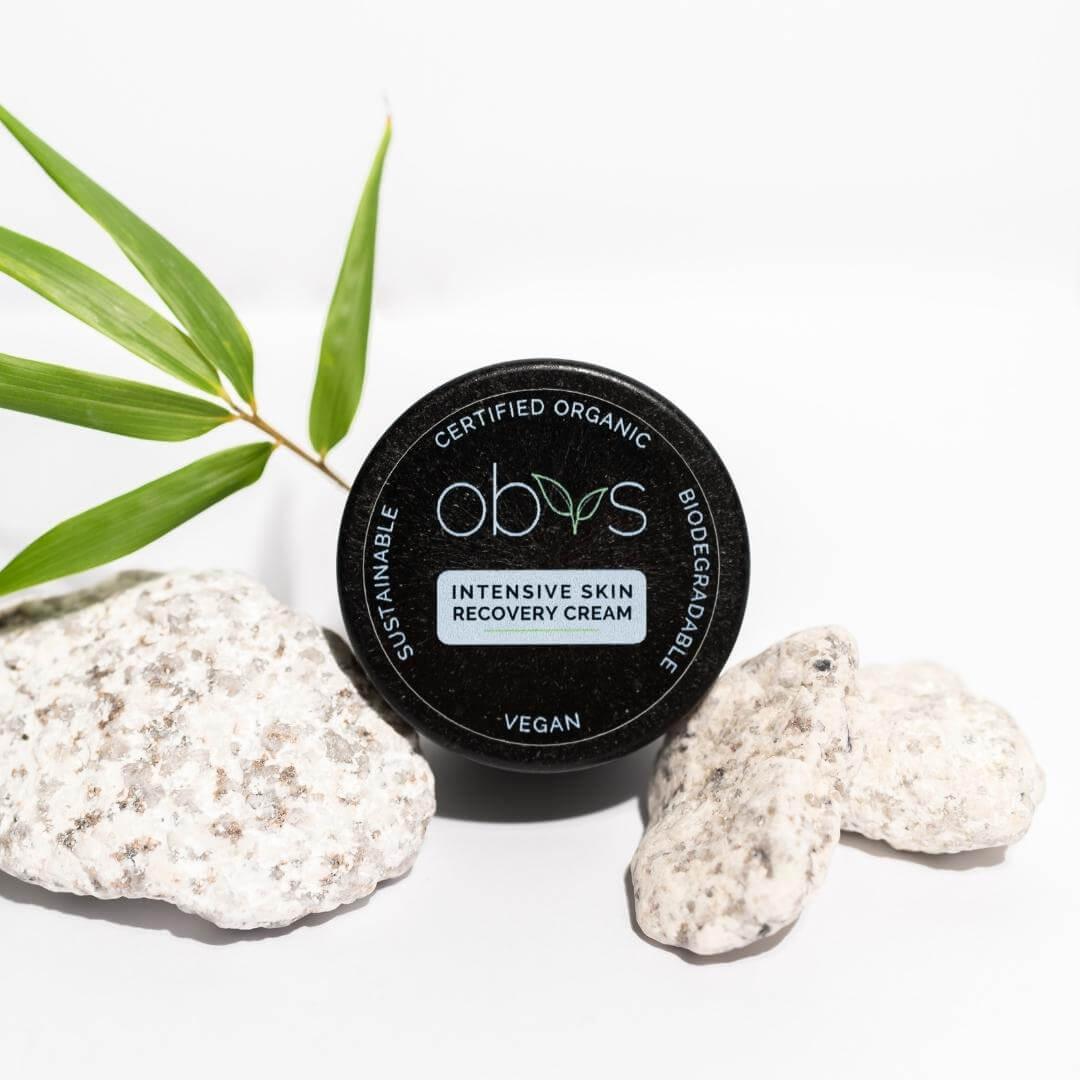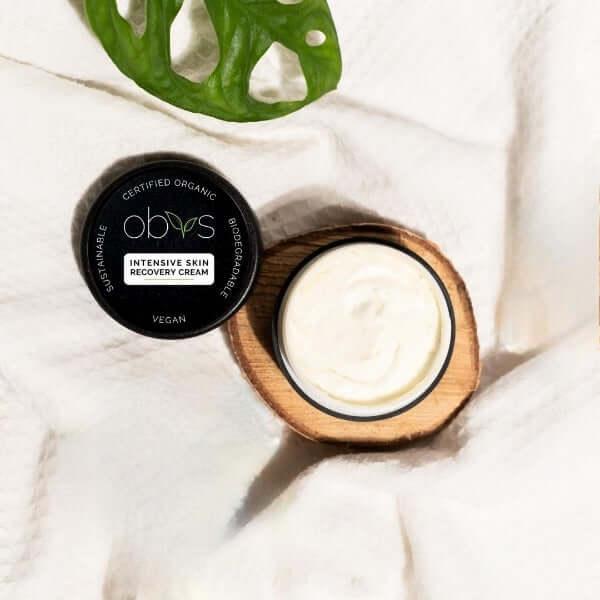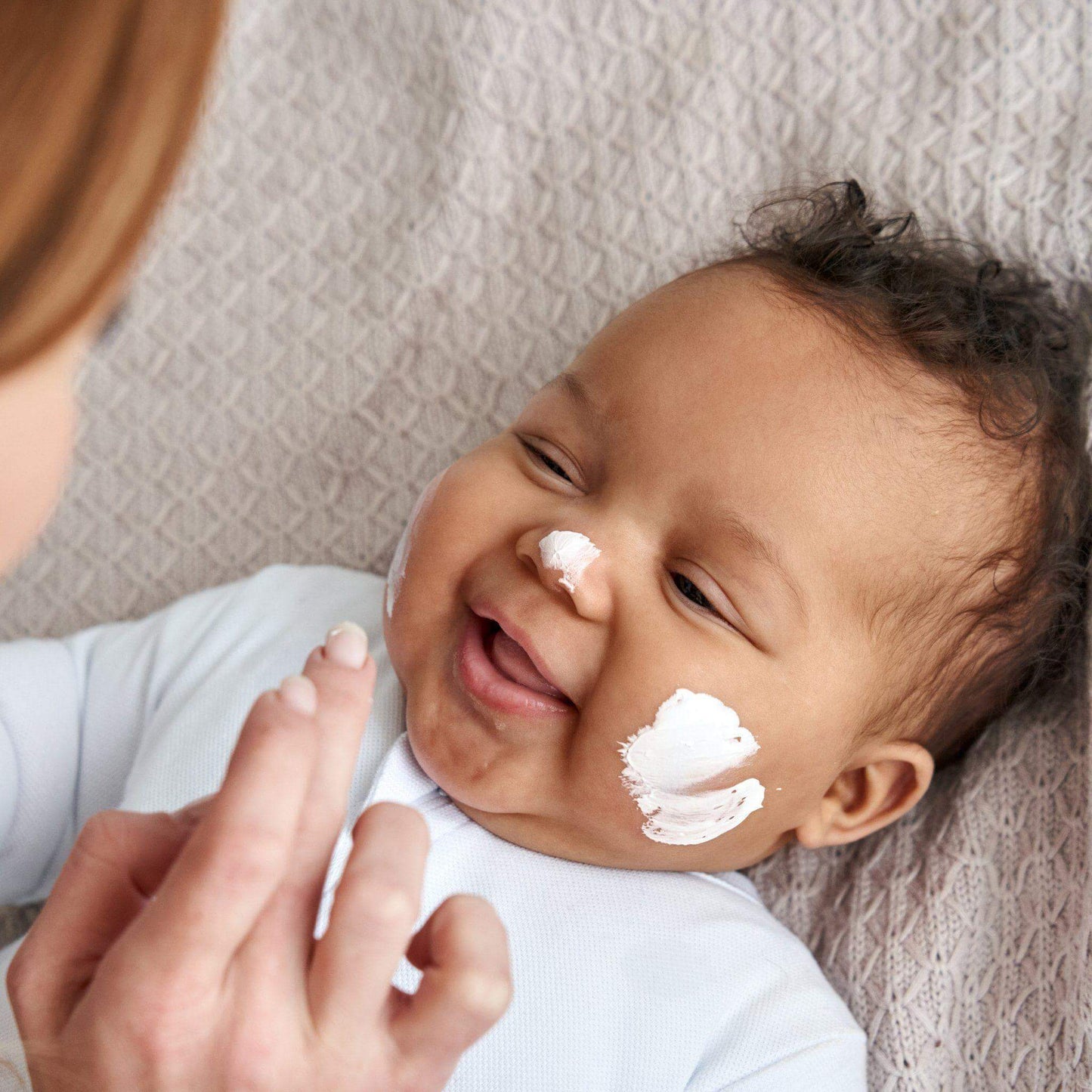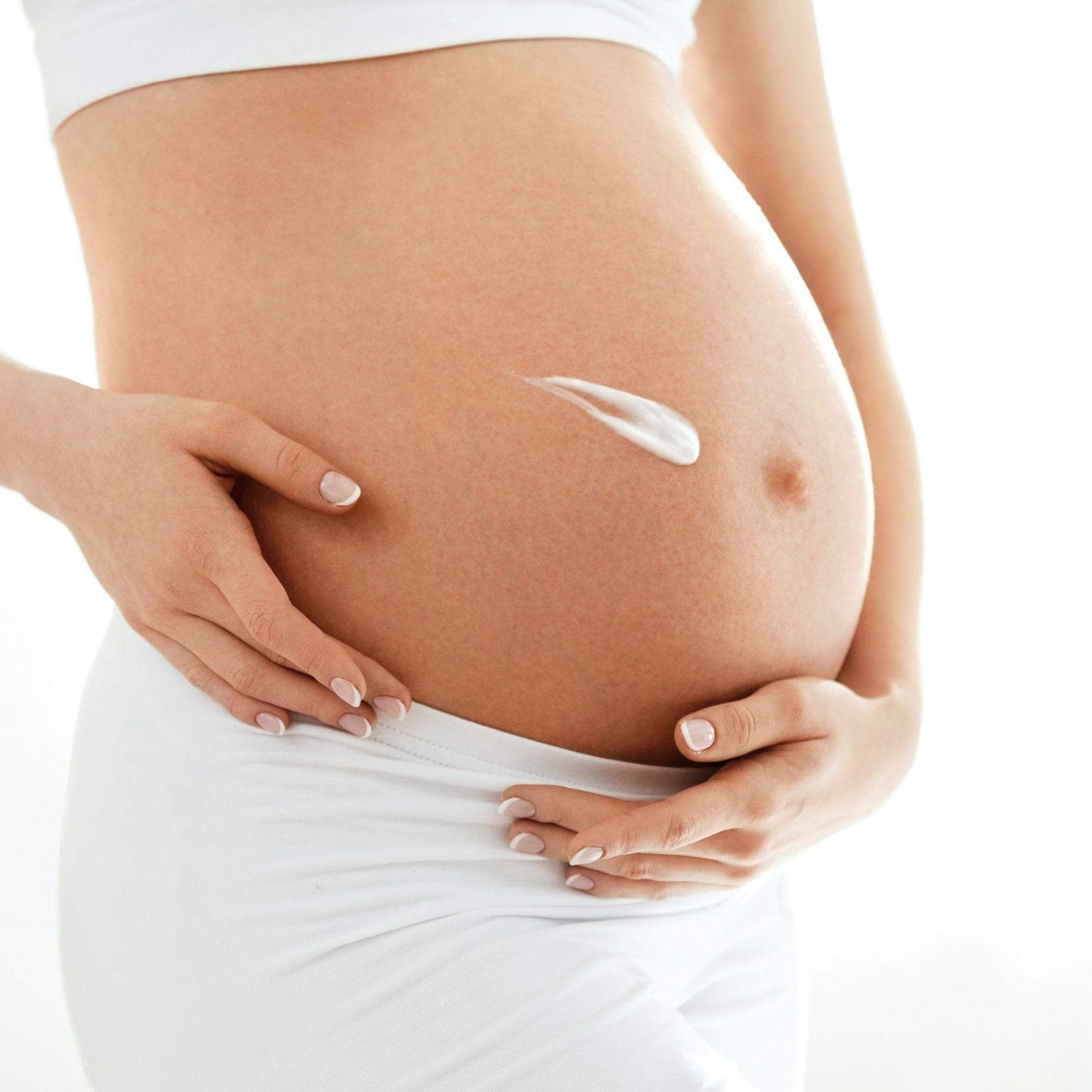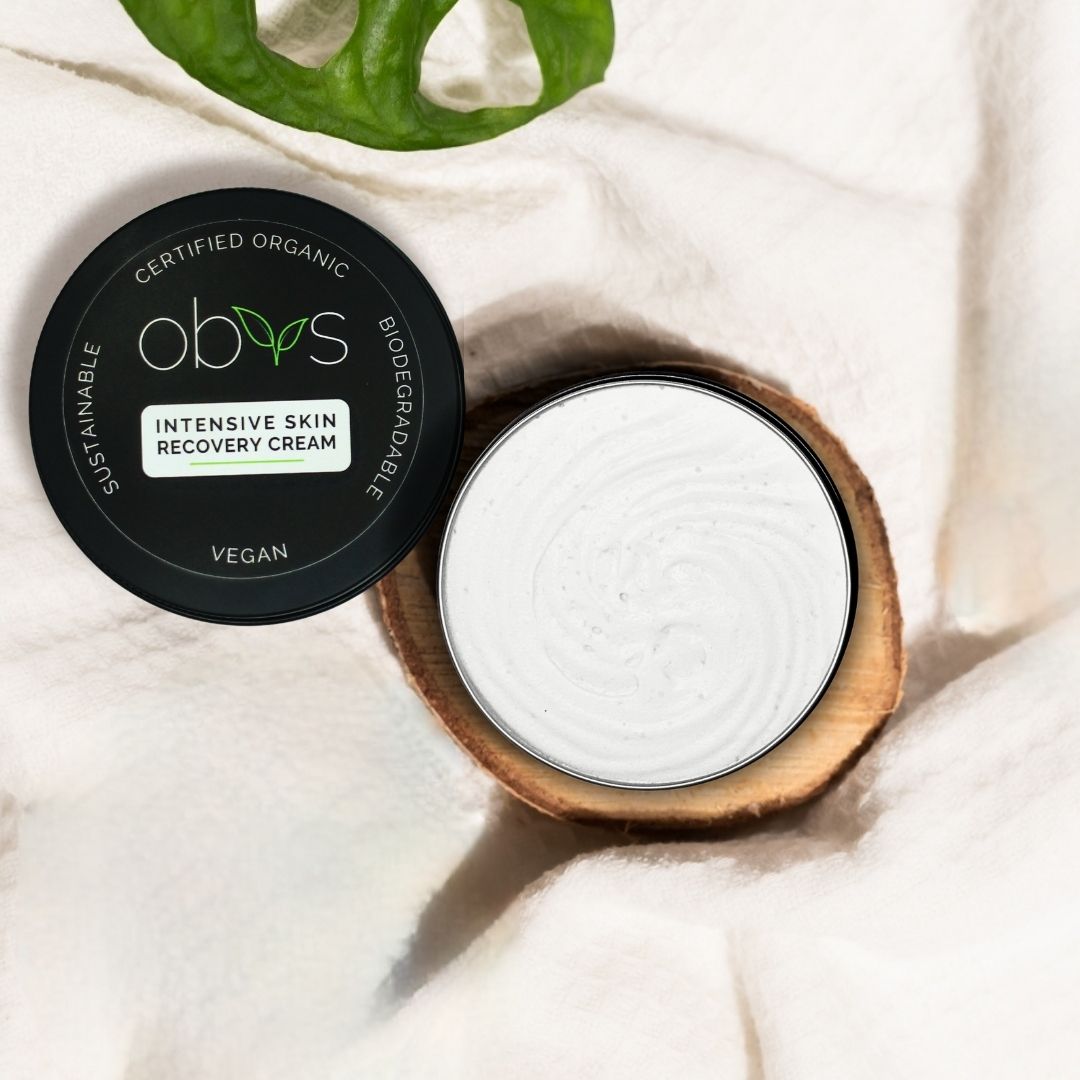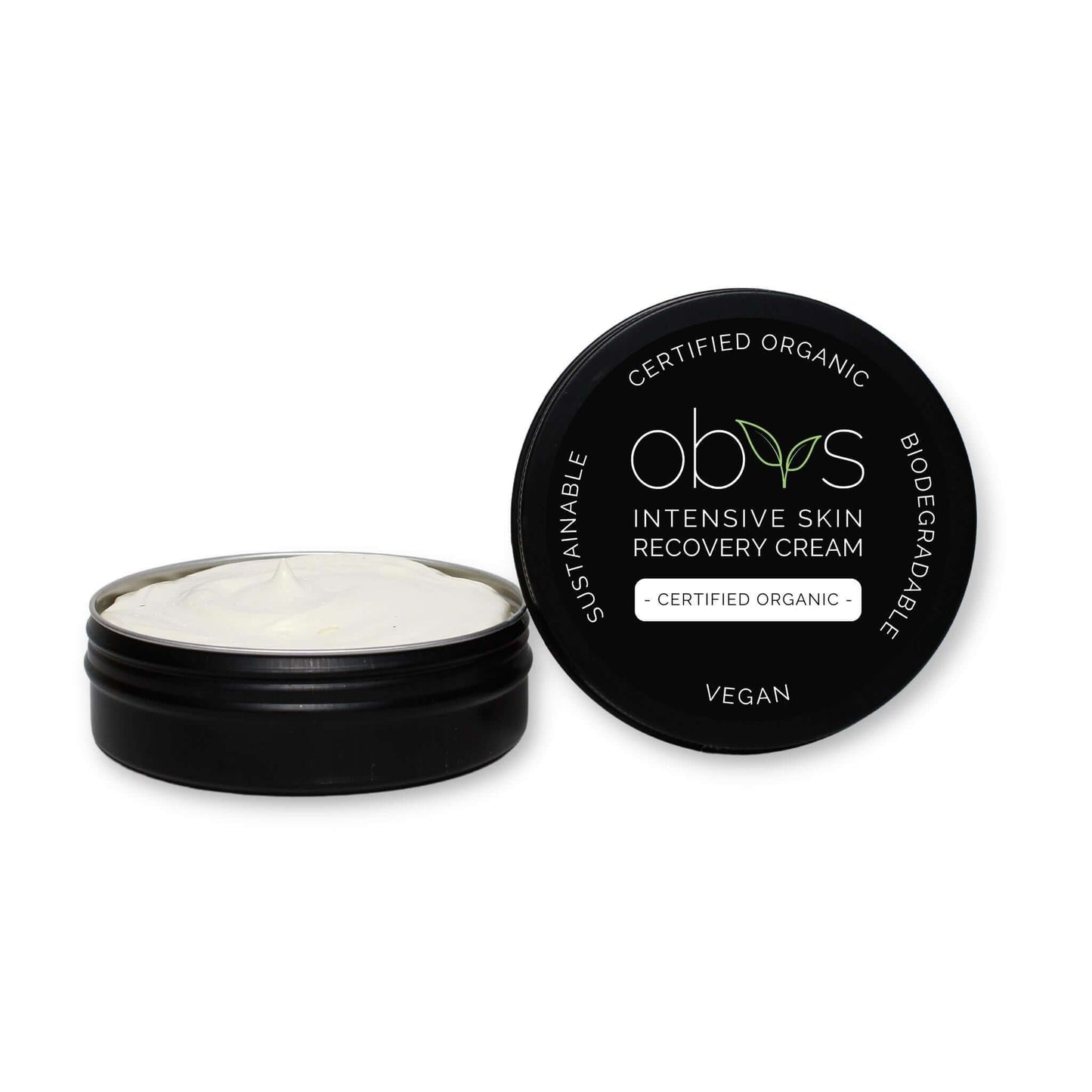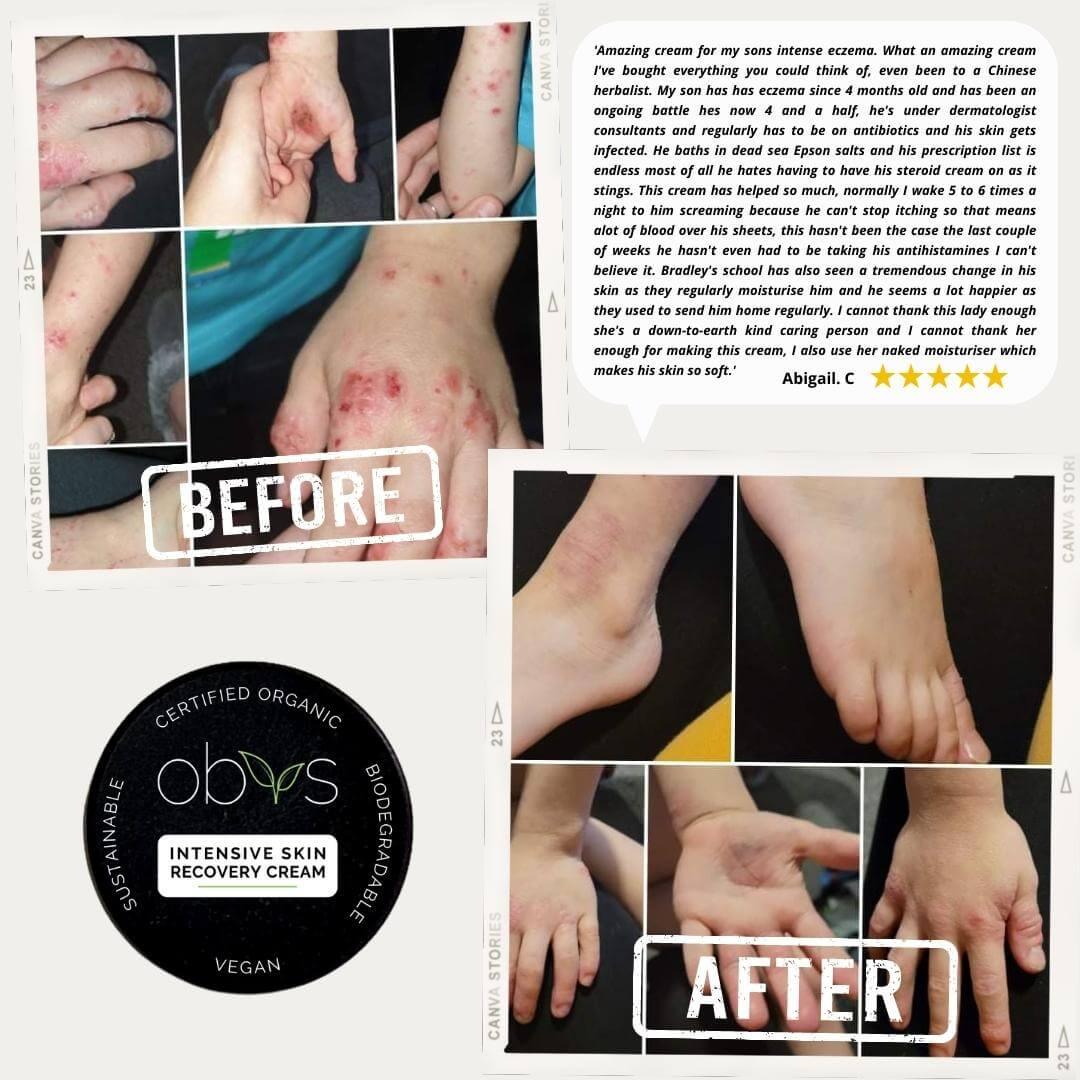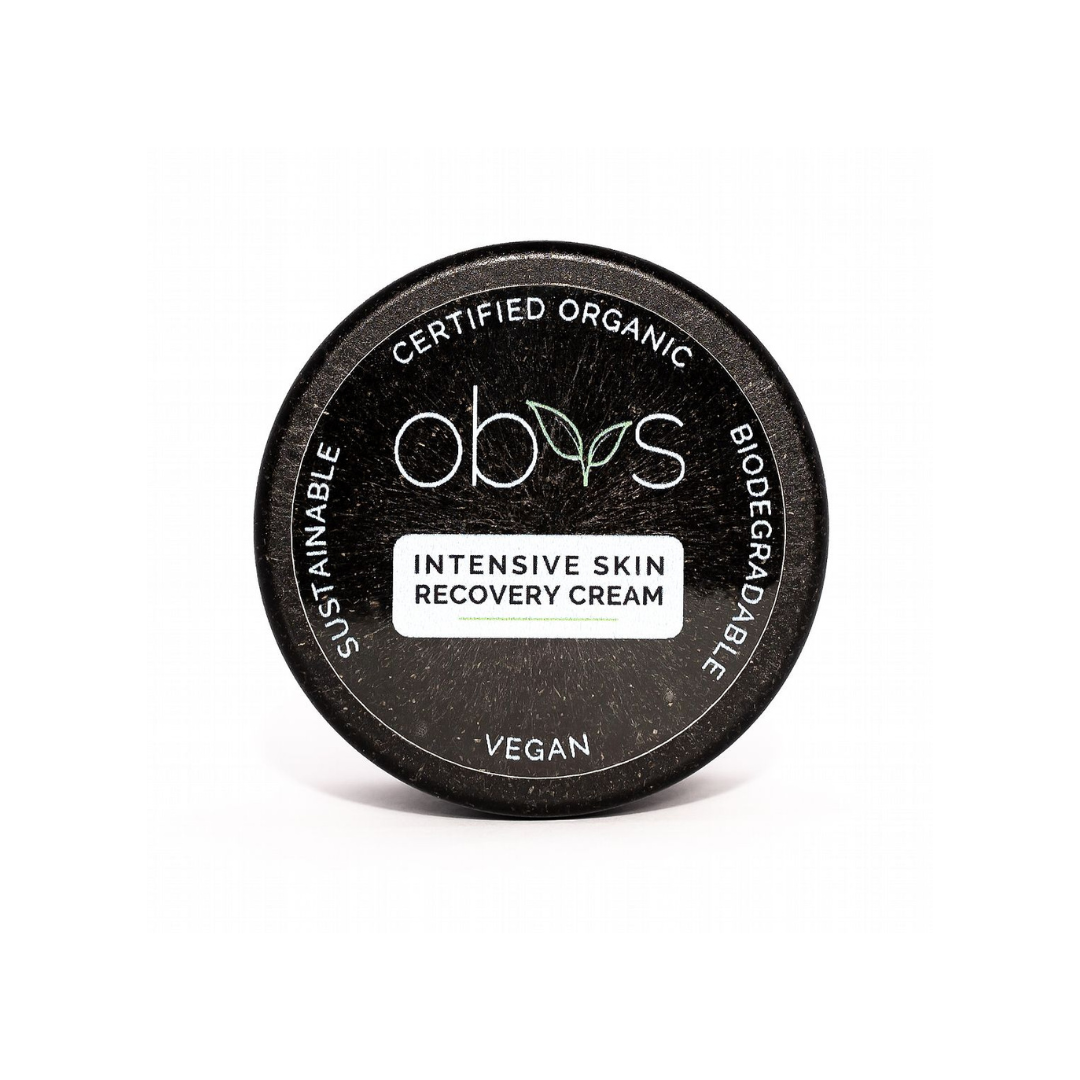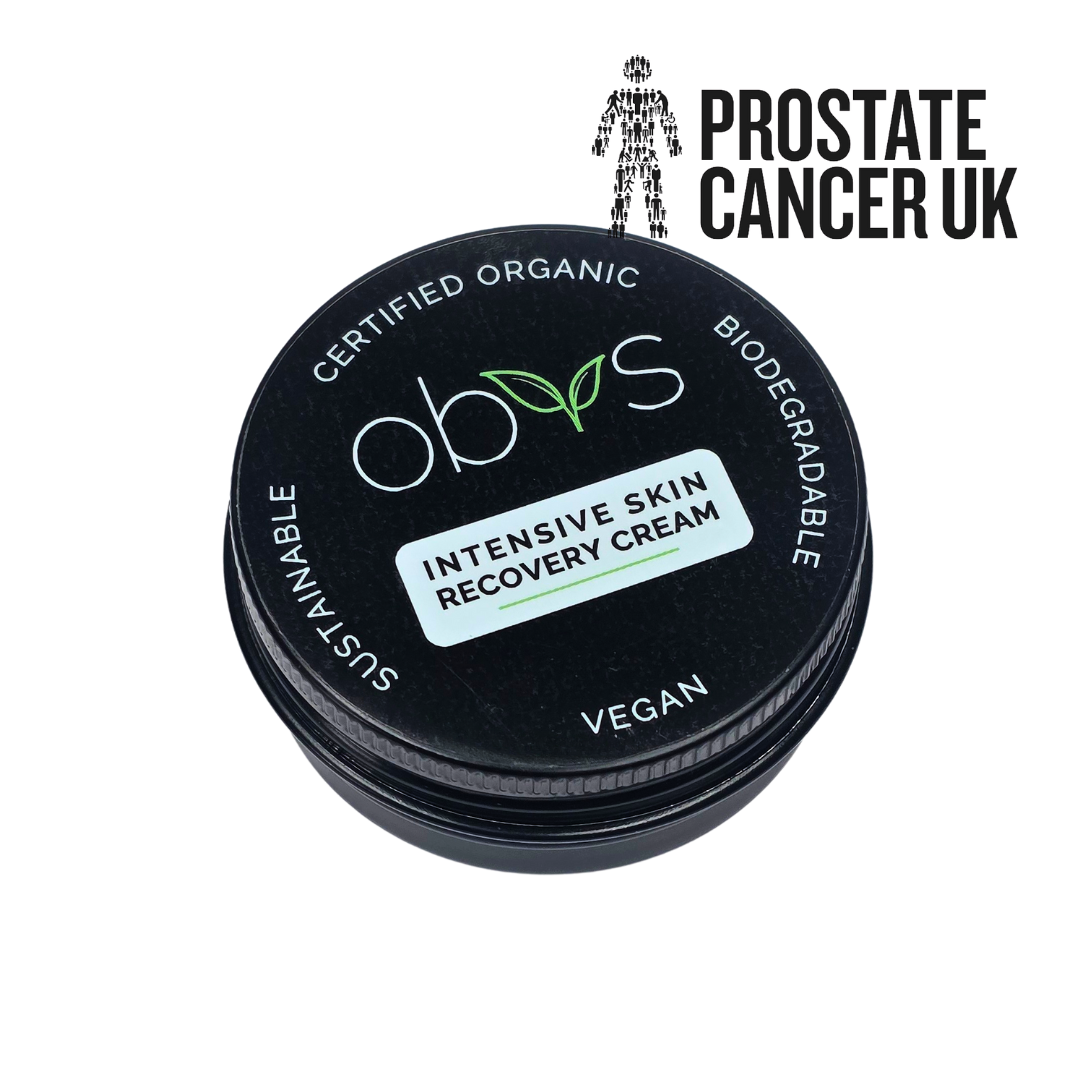
Why Are Some Cosmetic Ingredients Banned in the UK but Not in the US? A 2025 Look at Global Safety Standards
Share
Ever wondered why some ingredients are totally banned in the UK but still pop up in skincare across the pond? One moment, your face cream is certified-safe in one country, and the next, it's dodgier than a spray tan in the rain.
As someone with a background in biochemistry and organic skincare formulation, I’ve spent years digging into the fine print of cosmetic safety legislation — not just because I love science, but because I’ve seen first-hand what harmful ingredients can do to sensitive skin.
So here’s a breakdown of where things stand in 2025 when it comes to banned cosmetic ingredients — and why it matters if you care about what’s going on your skin (and into the planet).
The UK and EU: Playing It Safe (for Good Reason)
The UK and EU are known for taking a firm stance when it comes to cosmetic safety. As of 2025, both markets ban over 1,600 substances under EU Cosmetics Regulation (EC) No. 1223/2009 — still mirrored by the UK post-Brexit via the Cosmetic Products Enforcement Regulations.
In fact, 21 new substances were added to the banned list this year through Regulation (EU) 2025/877. These include ingredients classified as carcinogenic, mutagenic, or reprotoxic (CMR) — even if the evidence is still emerging. That’s called the precautionary principle: better safe than sorry.
The UK even updated its own list in 2024 with 64 additional CMRs via The Cosmetic Products (Restriction of Chemical Substances) (No. 2) Regulations 2024.
Banned Here, But Still Legal in the US:
Hydroquinone: Used in skin-lightening creams. It’s banned in the UK/EU unless used in professional nail products (at max 0.02%). Linked to carcinogenicity, cytotoxicity, and ochronosis (a form of skin darkening) in long-term use.
Quaternium-15: A formaldehyde-releasing preservative, banned in the UK/EU due to its potential to cause allergic reactions and cancer. Still found in some US shampoos and body washes.
Lilial (Butylphenyl Methylpropional): A synthetic fragrance linked to reproductive toxicity. Banned in the UK/EU since 2022, but still turns up in US fragrances and knock-off perfumes.
The EU/UK is also pushing ahead with bans and restrictions on PFAS (so-called “forever chemicals”) and nanomaterials, such as hydroxyapatite nano — especially when used in oral or leave-on products. France, for instance, will enforce a full ban on PFAS in cosmetics from Jan 2026.
The USA: Still the Wild West?
In contrast, the US Food and Drug Administration (FDA) currently bans just 11 ingredients under 21 CFR Part 700 — including things like chloroform, mercury, and vinyl chloride.
That’s it.
Even with the 2022 Modernization of Cosmetics Regulation Act (MoCRA), which introduced mandatory reporting and facility registration, the US system still relies on post-market surveillance, and no pre-market approval is required for most ingredients (except colour additives).
Still Allowed in the US, But Banned in the UK:
Coal Tar Dyes (e.g. D&C Red 17): Found in lipsticks and hair dyes. Banned in the UK/EU due to links to carcinogenicity, but legal in the US at low levels.
Lead Acetate: Used in “gradual grey” hair dye like Grecian Formula. Banned in the UK/EU and Japan for neurotoxicity and reproductive harm. Still legal in the US, though public pressure is mounting.
DMDM Hydantoin: A formaldehyde-releasing preservative still present in some budget US brands. Banned or heavily restricted in the UK/EU.
Some US states have taken matters into their own hands:
California’s PFAS-Free Beauty Act bans 13 PFAS in cosmetics from Jan 2025.
Maryland and Vermont have followed with similar state-level bans.
The problem? Unless you know what to look for, many of these ingredients still quietly make their way into the daily routines of millions.
Japan: A Cautious Middle Ground
Japan’s approach falls somewhere in between the EU and the US. Under the Pharmaceutical and Medical Devices Law (PMDL), the Ministry of Health, Labour and Welfare (MHLW) maintains a short banned list (around 30 substances), but also operates a “positive list” system.
This means only ingredients that have been approved for specific functions — like preservatives or UV filters — can be used. Anything outside that list is effectively prohibited unless proven safe.
Notable Differences:
Hydroquinone: Banned in over-the-counter cosmetics but allowed in “quasi-drugs” (regulated medicated products) under strict controls.
Lead Acetate: Banned, same as in the UK/EU.
No major new bans were announced in Japan in 2025, but safety oversight remains strict, especially for whitening agents and quasi-drugs, which require pre-approval.
Why Does This All Matter?
Because what you put on your skin doesn’t just sit there. It absorbs. It interacts. And in some cases, it builds up — in your body or in the environment.
What’s legal doesn’t always mean safe. And if you’re someone with sensitive skin, allergies, or concerns about endocrine disruption or reproductive health, you can’t afford to trust marketing claims alone.
Even brands like CeraVe reformulate for the EU market to meet stricter rules — for example, removing quaternium-15 — while still selling the original formulas in the US. That tells you everything you need to know.
So, What Can You Do?
If you’re in the UK, you're already protected from the worst offenders, but keep an eye on:
Retinol: From Nov 2025, UK/EU rules cap it at 0.3% in leave-on products due to concerns about long-term skin barrier damage and photosensitivity.
PFAS: Look out for ingredients like PTFE, perfluorooctanoic acid, or anything with “fluoro” in the name. Even in the UK, some haven’t been banned yet — but they’re on borrowed time.
In the US? You’ll need to read labels like your skin depends on it — because it does. Look for formaldehyde-releasing preservatives, artificial dyes, fragrance allergens, and ingredients banned elsewhere.
And in Japan? You're likely in safe hands, especially with reputable brands like Shiseido or DHC, but always check whether you’re buying a cosmetic or a quasi-drug — they’re regulated differently.
Bottom Line?
Regulation shouldn’t be a postcode lottery. But until the industry catches up, the best thing you can do is educate yourself, read the label, and where possible, choose certified organic products with transparent ingredient policies.
At Obvs Skincare, every formula I create avoids these questionable ingredients entirely — not because I have to, but because I should. If it’s banned in one country and not another, I don’t need to wait for a law to tell me it’s unsafe.
Your skin deserves better.
Sources (all cross-checked and current as of May 2025):
Regulation (EU) 2025/877 amending EC No. 1223/2009
UK Gov 2024 No. 1334: Cosmetic Products (Restriction of Chemical Substances)
FDA 21 CFR Part 700
MoCRA 2022 (Modernisation of Cosmetics Regulation Act)
MHLW Standards for Cosmetics (Japan, 2000)
SCCS Safety Opinions
Cosmetic Ingredient Review Reports
Environmental Working Group (EWG) 2025
Biorius UK & EU Updates
Landys Chemist: UK Banned Ingredients List
